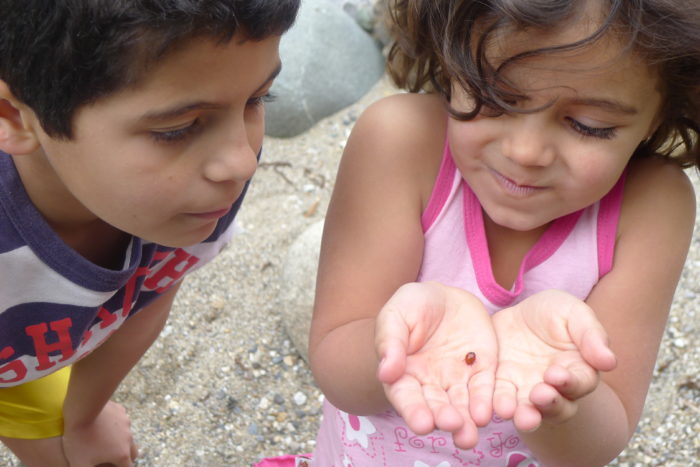When I joined NVIDIA in 2005, one of my main goals was to work on texture and mesh processing tools. The NVIDIA Texture Tools were widely used, and Cem Cebenoyan, Sim Dietrich and Clint Brewer had been doing interesting work on mesh processing and optimization (nvtristrip, nvmeshmender). That was exactly the kind of work I wanted to be involved in.
However, the priorities of the tools team were different, and I ended up working on FX Composer instead. I wasn’t particularly excited about that, so in 2006, I switched to the Developer Technology group.
At the time, NVIDIA and ATI were competing for dominance in the GPU market. While we had a solid market share, our real goal was to grow the overall market. Expanding the “pie” rather than just our slice of it. If you imagine a gamer with a fixed budget, we wanted him to allocate more of that budget to the GPU rather than the CPU. One way to achieve this was by encouraging developers to shift workloads from the CPU to the GPU.
This push was part of the broader GPGPU movement. CUDA had just been released, but it had no integration with graphics APIs, and compute shaders didn’t exist yet. One of the workloads that caught our attention was GPU texture compression. Under the pretext of harnessing the GPU, I found my way back to working on texture compression.
Another idea gaining traction at the time was runtime texture compression.
In April 2004, Farbrausch released .kkrieger, a first-person shooter that packed all its content into just 96 KB by using procedural generation for levels, models, and textures, but it wasn’t until late into the development of fr-041: debris in 2007 that they started using runtime DXT compression to reduce GPU memory usage and improve performance.
Around the same time, Allegorithmic was developing ProFX, the predecessor to Substance Designer, a middleware for real-time procedural texturing. ProFX also included a fast DXT encoder, allowing procedural textures to be converted into GPU-friendly formats at load time.
Simon Brown was working on PlayStation Home, Sony’s 3D social virtual world where players could create and customize their avatars. To support this, he wrote a fast DXT encoder optimized for the PS3’s SPUs, demonstrating the potential of offloading texture compression to parallel processors.
John Carmack had been talking about the megatexture technology for a while, but in 2006, when Jan Paul van Waveren published the details of their Real-Time DXT Compression implementation on the Intel Software Network, we at NVIDIA saw a potential problem: if Rage ended up CPU-limited, it could push gamers toward CPU upgrades rather than GPUs. That made real-time texture compression in the GPU a strategic priority for us.
Continue reading →

